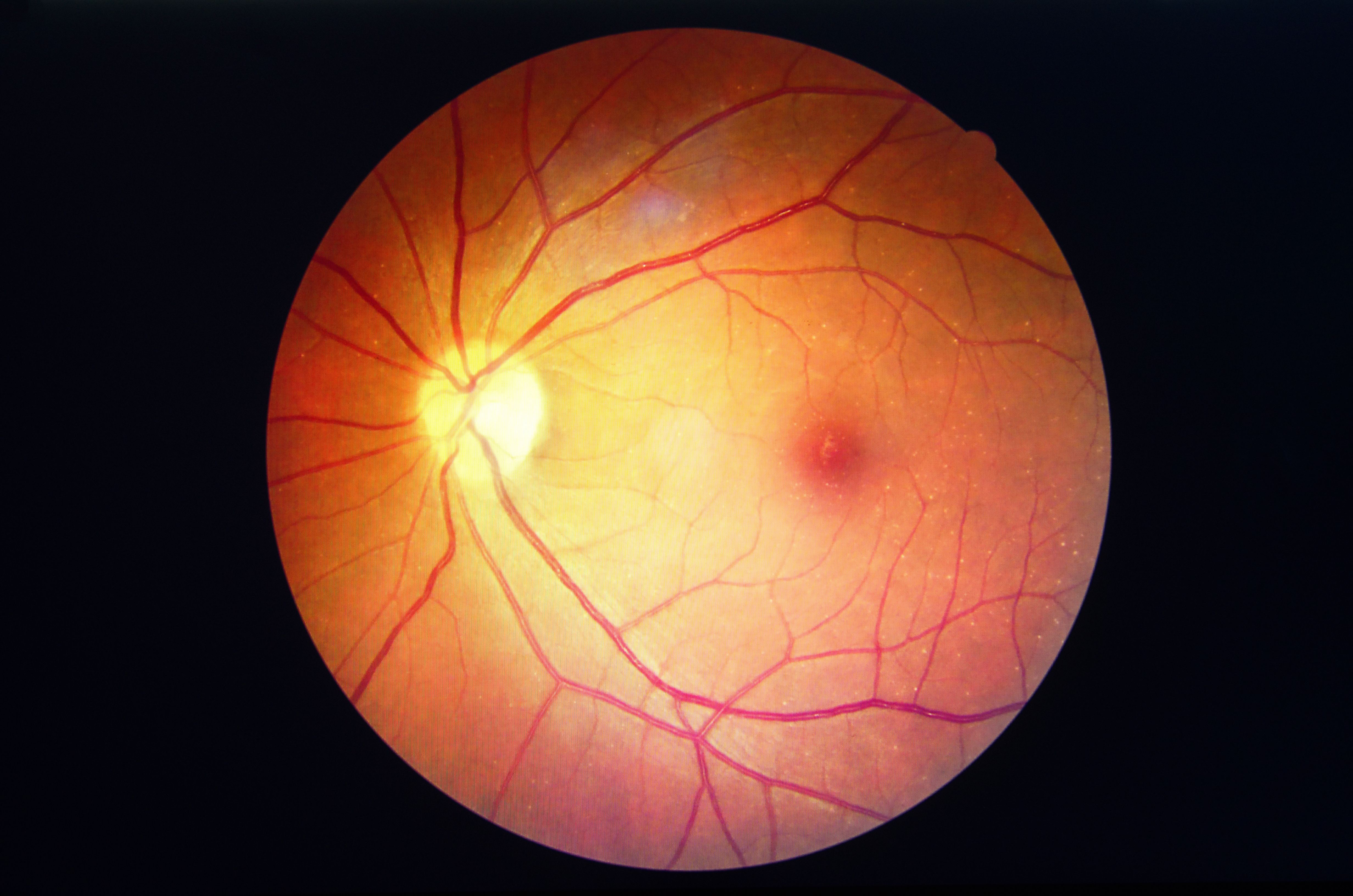Blog
Article
Addressing the rise in chronic illnesses with connected medical devices
Author(s):
Connected medical devices will be essential to help monitor and manage chronic diseases such as chronic obstructive pulmonary disease, cardiac arrhythmia, and respiratory diseases, as well as other conditions like sleep apnea, obesity and diabetes.
Carsten Brockmann: ©Telit Cinterion

Research indicates a gradual increase in chronic illnesses globally over the past several years. For example, in 2010, 67% of deaths worldwide were due to chronic illness – however, in 2019, 74% of deaths were the result of these diseases. This phenomenon is so significant that the World Health Organization has dubbed it the “tsunami of chronic diseases.” Connected medical devices will be essential to help monitor and manage chronic diseases such as chronic obstructive pulmonary disease, cardiac arrhythmia, and respiratory diseases, as well as other conditions like sleep apnea, obesity and diabetes.
The benefits of connected medical devices and remote monitoring
Connected medical devices such as blood pressure monitors, connected inhalers, smart thermometers, CPAP therapy devices (for conditions like OSA, sleep apnea and COPD), cardiac arrhythmia monitoring (using ECG) and constant glucose monitoring transcend time and space in remote care. Direct communication between outpatients and their caregivers empowers remote therapy. Rather than waiting days or weeks for a doctor’s appointment, patients can nigh-instantaneously send health-related data to the relevant health care professionals. This real-time data helps nurses, physicians and clinicians make informed, proactive treatment decisions and adjustments, resulting in better patient outcomes. Concerning chronic care management, these devices permit remote check-ins, medication management and even personal emergency response systems.
The data these devices gather also enables remote patient monitoring. For instance, connected cardiac implants give caregivers continuous updates, helping them spot concerning anomalies and make timely interventions. As the name implies, remote patient monitoring means that patients don’t have to be physically inside a hospital for physicians to track their vitals and recommend treatment. Hospitals can serve more patients via remote monitoring, sending many to finish recovering in the comfort of their own homes, which reduces hospital stay costs. These at-home services can support independent living solutions for the aging and disabled.
Two innovative examples of connected medical devices and remote patient monitoring
Typically, remote patient monitoring solutions use Bluetooth wireless technology to collect readings from medical devices. Then, a vendor app or smartphone, acting as a cellular hub inside the patient’s home, sends the data to a proprietary device cloud. Unfortunately, this deployment method often encounters connectivity failures, security shortcomings and interoperability challenges. To rectify these problems, Medisanté, an innovator in medical IoT, launched a direct-to-cloud medical IoT platform called Medisanté Hub to integrate patient-generated health data into compliant health IT systems.
The Medisanté Hub owes its success to a secure cellular Internet of Things (IoT) connectivity solution, which integrates ultrareliable 4G LTE IoT modules and IoT SIM cards for zero-touch global cellular connectivity. This cellular IoT connectivity solution facilitates the automatic transfer of health readings from the device to care workers without requiring the patient to configure devices through vendor apps.
Another connectivity technology enabling remote patient monitoring today is 5G – namely, 5G network slicing, which is a technique that allows operators to create multiple virtual networks on top of a shared physical infrastructure. While each slice stems from the same 5G network, each can be customized and grouped into dedicated channels and frequencies for lower latency and guaranteed data throughput for first responders.
6G Health Institute, a German health research institute, built a mobile 5G hospital network on its campus that uses 5G slicing, the first such network in Germany. This technology supports secure roaming of patients from the ambulance to the emergency room, within the clinic campus and hospital and inside the patient’s home. As a result, medical teams can provide intense care anywhere while protecting data privacy.
What technologies power connected medical devices?
Supported by the IoT, connected medical devices require always-on connectivity to remain operational – an inability to maintain this connection could spell disaster for the patient. In other words, failure is not an option. There are two primary ways that these remote devices stay connected: Internet gateways and direct to the cloud. For example, the devices using Wi-Fi or Bluetooth wireless technology must be within range of a smartphone, internet router or gateway to connect with the cloud and send and receive data. Nevertheless, Wi-Fi and Bluetooth have limitations that prevent devices from achieving that ideal always-on status and ease of use for those in need.
Original equipment manufacturers (OEMs) are turning in droves to cellular connectivity, which offers better reliability, scalability, data accessibility and security. In fact, cellular 4G and 5G connectivity already are the de facto communication technologies, with research from Berg Insight showing that cellular connectivity will account for 61 million connections, or half of all connected devices, in 2027. Current development for remote care devices focuses on LTE Cat-M / Cat 1 Bis and 5G RedCap-based data communication. While cellular connectivity provides clear advantages over Wi-Fi or Bluetooth, it poses challenges for medical OEMs, including regulatory radio compliance and higher power consumption. On a positive note, advanced patient data privacy is integral to 4G and 5G networks. Notably, 4G private networks and 5G health slices lead the way in remote care.
Beyond connectivity, other technologies that empower connected medical devices include software applications, health systems and services that collect, store and analyze patient data. Another crucial component is secure cloud-based EHR systems, which allow health care providers and patients to access such records remotely. Additionally, connected medical devices often come with body sensors that must connect securely with back-end healthcare systems.
Confronting chronic illness with emerging technologies
While the rise in chronic conditions and diseases will put a substantial strain on worldwide health care resources, connected medical devices (and remote patient monitoring) represent a viable means of confronting this imminent challenge. Moreover, emerging technologies like AI at the edge and advanced 5G mobile networks will enhance medical devices, further elevating the quality of remote patient care.
Carsten Brockmann is the marketing director of the Connected Health Segment at Telit Cinterion. Carsten received his Master of Computer Science with a focus on telecommunications in Germany. With more than 25 years of global leadership in software engineering, sales and marketing roles for technology leaders, Carsten in recent years has become a respected innovation adviser for connected healthcare strategies.
Newsletter
Stay informed and empowered with Medical Economics enewsletter, delivering expert insights, financial strategies, practice management tips and technology trends — tailored for today’s physicians.





